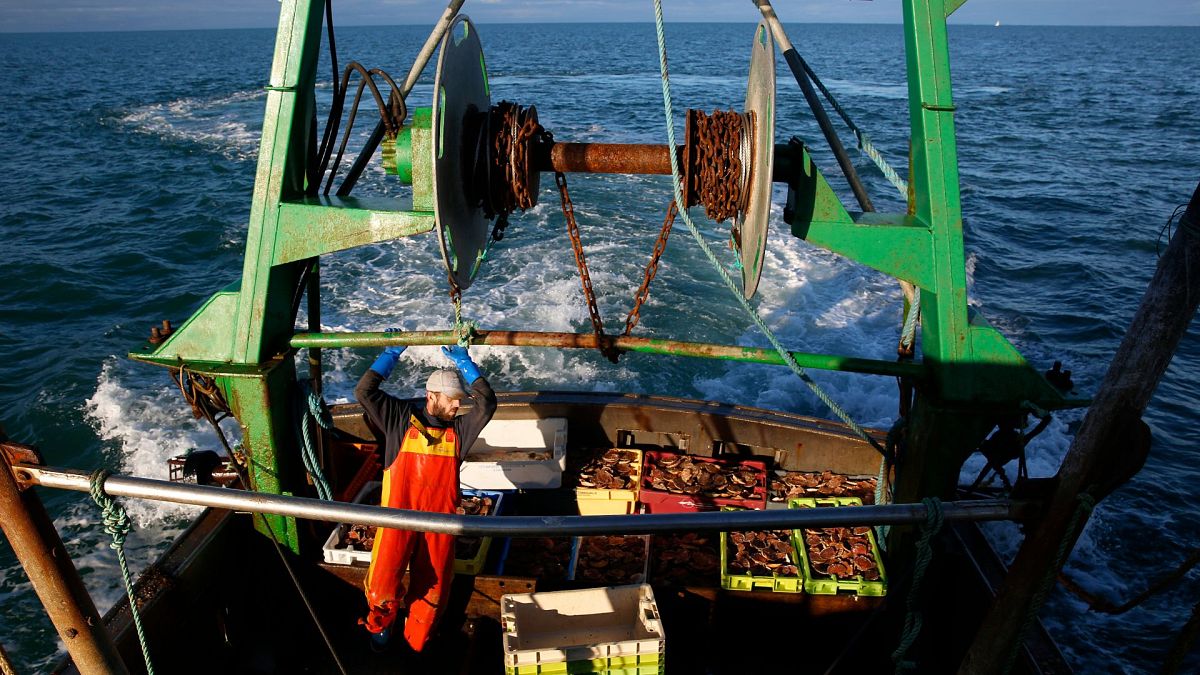
In January 2015, the Île-de-France region suffered three shooting incidents perpetrated by terrorists. Twenty people were killed, including three assailants. On November 12 the same year, suicide bombers attacked a suburb of Beirut in Lebanon, killing 43 people.
The next day, terrorists struck in three places in Paris, killing 130 people in all. France promptly declared a three-month emergency and escalated its own war against terror. But just two weeks later, in a city still indignant with grief and trauma, representatives and leaders from 196 countries around the world gathered to hammer out what eventually became the Paris Agreement.

In the face of the world’s fondness for fossil fuels and against the backdrop of uncertainty and apparently imminent chaos, the Paris Agreement was hailed by its negotiators as a triumph of political engagement. A decade later, the world presents a very different face. An internecine conflict grinds on in Eastern Europe while West Asia mulls a tense stability after a war that invited allegations of genocide.
Both inflation and right-wing nationalism are on the rise. Four UN summits on environmental matters flopped in 2024 alone. And a new U.
S. President signed an executive order to pull the country out of the Paris Agreement on his first day in office. The Paris Agreement has nearly 200 parties but the U.
S., with the world’s largest and highly industrialised economy, is particularly important. After analysing multiple climate models, Carbon Brief concluded Donald Trump’s second term as U.
S. President could add 4 billion tonnes of carbon dioxide equivalent (or 4 GtCO2e) more to what the country is already expected to emit by 2030. This is reportedly “equivalent to the combined annual emissions of the EU and Japan, or the combined annual total of the world’s 140 lowest-emitting countries”.
His predecessor, Joe Biden, had pledged to lower U.S. emissions by half from 2005 levels by 2030.
Under Mr. Trump, it’s expected to drop by around a quarter. Republicans in the U.
S. government have also declared plans to undermine the Inflation Reduction Act, 2022, weaken the Environmental Protection Agency, do away with incentives for electric vehicles, scrutinise individual states’ ability to adopt emissions standards at odds with federal ones, and increase the extraction of fossil fuels (including reversing a ban on offshore drilling). On January 24, Mr.
Trump blocked federal approvals for new wind farms. The effects of these changes are expected to allow U.S.
emissions to expand by 27 GtCO2e by 2050, even if they depend to a non-trivial degree on subnational climate action and global market response. China for one will be happy to overtake the U.S.
in the development of green technologies, including electric vehicles, whereas Europe may retaliate with its Carbon Border Adjustment Mechanism — already controversial among developing economies — should the U.S. hike tariffs on imports from the bloc.
Threats of climate feedback The world just before the U.S. presidential elections last year was in no position to meet the Paris Agreement’s goals nor was Mr.
Biden instituting radical (by necessity) climate policies in his country. Instead, Mr. Trump’s decision to withdraw from the Agreement has simply rendered worse possibilities more likely.
As the temperature records reset in 2024 attested, the world is already doomed to shoot past 1.5o C. Still, clawing back every fraction of a degree is crucial because of the threats of climate feedback — natural responses to global warming that increase the rate of warming — and irreversible change.
The Agreement holds the vast majority of the world’s countries to keeping “the increase in the global average temperature to well below 2° C” and to endeavour to “limit the temperature increase to 1.5° C above pre-industrial levels”. Parties to the Agreement have decided to achieve this via Nationally Determined Contributions (NDCs); how each contribution adds up to the Agreement’s goal will be determined through the ‘Global Stocktake’.
However, the NDCs aren’t legally binding while governments’ reports for the Stocktake are expected to have data gaps. ‘1.5o C’ is a figure of convenience, yet for its arbitrary origins it became significant when the Alliance of Small Island States pushed countries to include it in the Paris Agreement because the alliance’s members would be devastated by the effects of a world 2o C warmer.
This contention, however, ignored the latent heat accumulating in the oceans — which is released slowly and could add half a degree to current measurements — plus the idea that the planet is objectively “safe” under 1.5o C of warming rather than “less unsafe”. As such, then, the Paris Agreement was really only a political victory, but even then of the sort the world has since found lacking.
To its credit, it has been used as the basis for litigation in many countries to force errant corporations and governments to restore reducing emissions as a policy priority and for sidebar deals to restrict methane emissions, improve the prospects of ‘green hydrogen’, and protect biodiversity. But the fulfilment of its aspirations currently desperately needs legally binding commitments and implementation targets, which the Agreement itself doesn’t provide for. At the UN COP27 climate talks in Egypt, for example, the decision to have a ‘loss and damage’ fund was followed by considerable disagreement over its setup and management.
At COP28 UAE, countries agreed to move away from fossil fuels but without meaningful commitments. And at COP29 Azerbaijan, the talks’ format itself came under criticism for its vulnerability to being ‘hijacked’ by the reluctance of a few countries to commit to steeper financing and emissions targets. Distrust towards wealthy nations In the course of trying to meet their commitments under the Paris Agreement, less wealthy countries’ resentment of and distrust towards wealthier nations has increased.
The world hasn’t exactly come together. At present, rich countries have committed to providing $300 billion a year to poor ones until 2035, after missing their previous commitment to provide $100 billion by 2020 by two years. Mr.
Trump has now withdrawn from the Paris Agreement, thus ending at least for four years U.S. participation in the contentious processes that determine these targets for the world.
These four years also lead up to 2030, a deadline year for many countries’ commitments. The withdrawal is thus a blow, no matter that it creates opportunities for other countries to step up depending on their political will and acumen and economic ability. However, if it also creates pressure on other countries to strengthen the Paris Agreement, such as incentivising governments to keep their promises when new parties take power or sanctioning them when they pull out, that can only be good for a vital instrument that also has considerable room for improvement.
Published - January 26, 2025 01:06 am IST Copy link Email Facebook Twitter Telegram LinkedIn WhatsApp Reddit climate change / environmental politics / United Nations (climate change) / The Hindu Profiles / The Hindu Explains.














